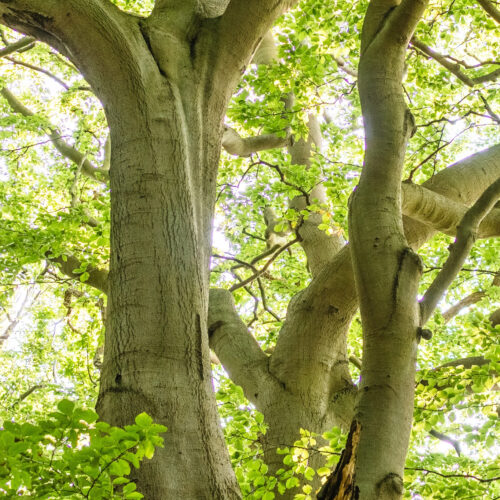Trees are an essential part of our ecosystem, providing us with oxygen, shade, and beauty. However, just like humans, trees can also get sick. Identifying a sick tree is crucial because it can prevent the spread of diseases and protect other trees in the surrounding area. Here are some signs to look out for when determining if a tree is sick.
1. Change in leaves
One of the most apparent signs of a sick tree is a change in its leaves. If the leaves start to turn yellow or brown, it could be a sign of disease, pests, or lack of nutrients. Leaves that are wilting, curling, or falling off prematurely can also indicate a sick tree.
2. Cracks or holes in the trunk
Cracks or holes in the trunk of a tree can indicate a severe problem. It could be a sign of disease, pest infestation, or even structural damage. If you notice any cracks or holes, it’s best to call a professional arborist to assess the situation.
3. Fungus growth
Fungi love to grow on trees, and if you notice any fungus growth on the trunk, branches, or roots, it could be a sign of decay. Fungus growth can also attract pests, which can further harm the tree.
4. Dead branches
Dead branches are a common sign of a sick tree. If you notice any dead branches or twigs, it’s best to remove them immediately to prevent the spread of disease or pests. Dead branches can also fall off and cause damage or injury.
5. Bark damage
Bark damage can be caused by many factors, including pests, disease, and physical damage. If you notice any peeling, cracking, or missing bark, it could be a sign of a sick tree. Bark damage can also lead to the death of the tree if left untreated.
6. Reduced growth
If a tree is not growing as fast as it used to or has stopped growing altogether, it could be a sign of a sick tree. Lack of growth can be caused by many factors, including disease, pests, and environmental stress.
7. Discolored or deformed growth
If you notice any discolored or deformed growth on a tree, it could be a sign of a sick tree. This can include abnormal bumps, cankers, or growths on the trunk or branches.
In conclusion, identifying a sick tree is crucial to prevent the spread of disease and protect other trees in the surrounding area. If you notice any of the signs mentioned above, it’s best to call a professional arborist to assess the situation. They can provide you with the necessary information and guidance to help you make an informed decision on how to proceed. Remember, a healthy tree is a happy tree, and it’s up to us to ensure their well-being.
If you are looking for professional advice on your trees, please contact Arbor Bay Inc.

